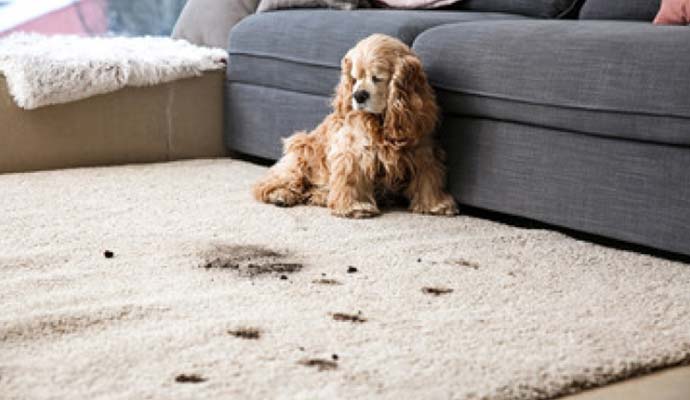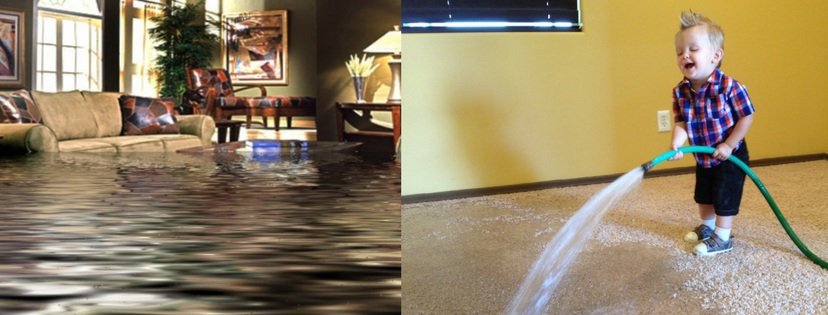Fast Water Damage Restoration Cedar City UT – Quick Response Team
The Vital Guide to Cleansing Providers: What Are the Trick Steps and Services for Water Damage Tidy Up
In the world of property upkeep, addressing water damage quickly and efficiently is crucial to protecting both architectural integrity and health and wellness. The trip of remediation starts with a precise evaluation, classifying the severity and resource of water invasion.
First Assessment and Precaution

Safety is extremely important; as a result, professionals guarantee the architectural integrity of the influenced building is not jeopardized. Electric systems are examined for prospective risks, and circuit breakers are commonly deactivated to protect against electrocution. Furthermore, safety equipment is used to guard against contaminants discovered in grey and black water, that include microorganisms and infections.
Documenting the damage thoroughly is additionally essential to the process, assisting in the accurate planning of the cleanup operation and promoting insurance coverage claims. This methodical method guarantees that all elements of water damage are attended to successfully and safely.
Water Removal and Elimination Methods

The selection of equipment frequently depends on the intensity of the water breach and the sorts of materials impacted. Wood floorings and rugs require different methods to reduce damage and prepare for thorough drying. Technicians also concentrate on drawing out water from furnishings and hidden areas to stop mold growth and structural concerns.
Accuracy in water removal is crucial, as it establishes the stage for effective drying out and reconstruction. Diligently getting rid of all standing water and wetness leads the way for the following actions in the remediation process, making certain an extensive approach to water damages healing.
Drying and Dehumidifying Affected Locations
Nevertheless noticeable water and moisture have actually been meticulously drawn out, the emphasis moves to thoroughly drying out and dehumidifying the affected locations. This vital phase stops additional water damages, mold development, and structural deterioration. Drying out involves making use of industrial-grade air movers that boost evaporation at a much faster price than normal family fans. These effective devices produce air flow across wall surfaces, carpets, pads, and furnishings, which can significantly speed up the dampness elimination process.
Dehumidifiers play an essential function by eliminating the moisture-laden air flowed by the air movers. They function by drawing out water vapor from the air and aid keep a controlled atmosphere, critical for protecting against the proliferation of mold and mildew. It is crucial that moisture levels are carefully monitored and adjusted according to the details problems and products influenced by the water damages. Correct implementation of these actions makes certain the location go back to a secure, completely dry state ideal for succeeding reconstruction initiatives.
Cleaning and Sterilizing Treatments
When the location is dry, the following vital action click this link in water damage restoration Click This Link is cleaning up and disinfecting the impacted rooms. Professionals start by eliminating any debris and debris making use of specific equipment like high-efficiency particulate air (HEPA) vacuums, which ensure comprehensive cleansing while capturing potentially dangerous fragments. Focus after that shifts to sterilizing surfaces to eliminate bacteria and mold that might have proliferated due to dampness. This includes applying EPA-approved antimicrobial and antifungal treatments to all influenced areas consisting of floors, walls, and even non-visible spaces like air ducts.
The option of cleansing agents is crucial; they must be solid enough to disinfect yet safe for the citizens and the atmosphere. Specialists guarantee the space is aerated during this procedure to avoid any type of health concerns from chemical exposure. This careful cleansing and sanitization process is essential not just for recovering the room but additionally for securing the health of its owners.
Remediation and Prevention Approaches
Reconstruction and prevention techniques create an important element in the thorough administration of water damages. Post-cleanup, repair involves repairing or replacing products like drywall, insulation, and flooring to bring back the residential property to its pre-damage problem. This may include architectural drying out, content cleansing, and mold and mildew removal, like it which are important to prevent long-lasting concerns and preserve a building's stability.
This includes sealing cracks in foundations, improving drainage systems, and mounting water discovery sensors. Informing residential or commercial property owners on recognizing very early indications of water damage and immediate actions to take can additionally substantially lower the level of damage and remediation costs.
Final Thought
In conclusion, efficiently taking care of water damages requires an organized technique that includes preliminary analysis, water removal, drying, cleaning, and repair. Sticking to these steps can significantly minimize the effects of water damage, maintaining a healthy and risk-free environment.
When addressing water damage, the preliminary step is to carry out a thorough evaluation to examine the extent of the damages and recognize potential hazards. Professionals meticulously check the properties to determine water access resources and categorize the water kind-- varying from tidy (Classification 1) to potentially harmful (Classification 3)Complying with the preliminary evaluation, the following essential action in mitigating water damage involves employing innovative water extraction and removal strategies. Educating property proprietors on identifying very early indications of water damage and prompt actions to take can likewise substantially reduce the level of damages and repair expenses.
In verdict, effectively taking care of water damages needs a structured technique that includes initial analysis, water extraction, drying, cleaning, and restoration.